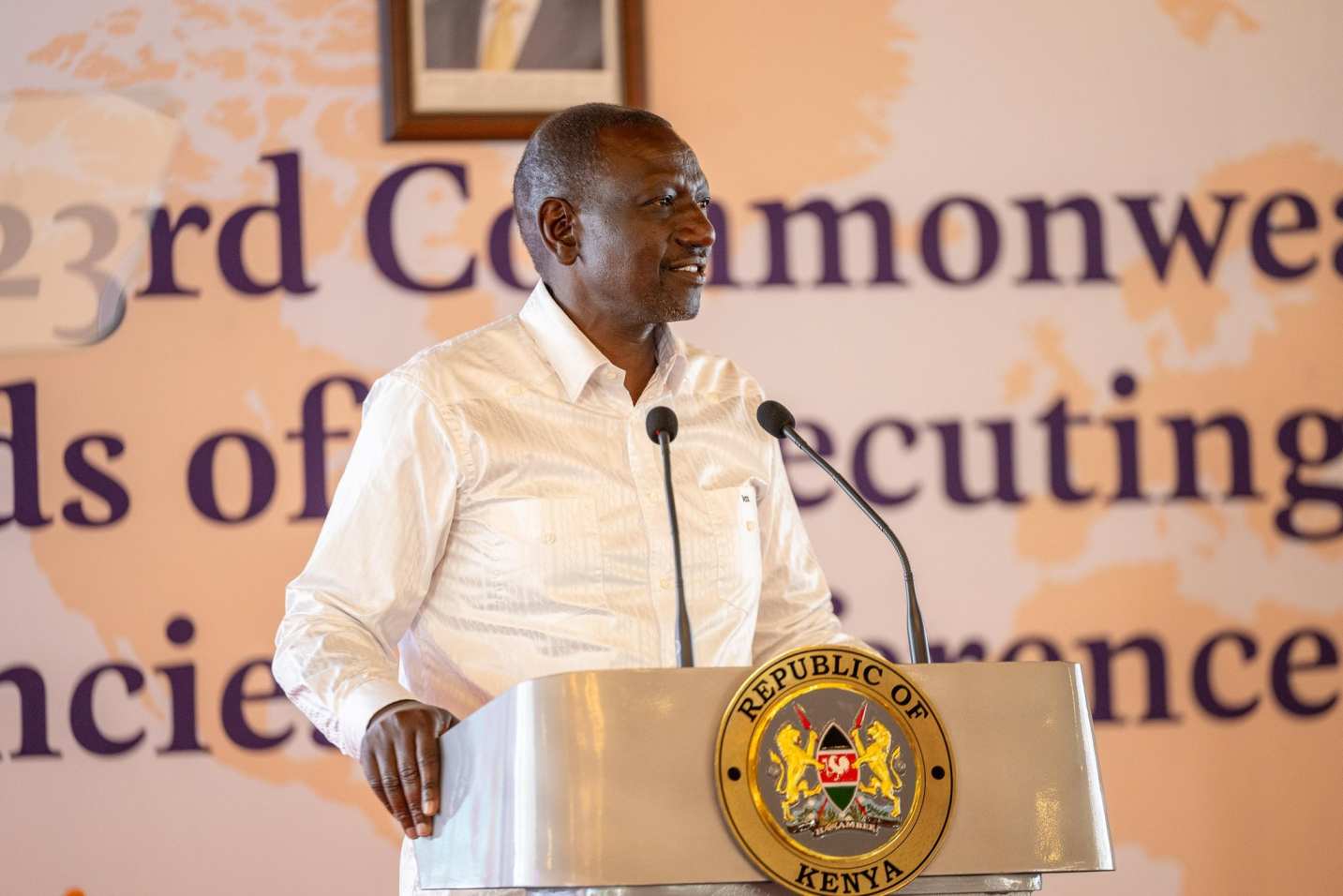President Ruto announces creation of seven new State Departments

The reorganisation, outlined in Executive Order No. 1 of 2025 dated June 9, replaces the 2023 Executive structure and takes effect immediately.
President William Ruto has announced a major restructuring of the Executive, scrapping the State Department for Performance and Delivery Management and introducing seven new State Departments, each with a distinct focus and mandate.
The reorganisation, outlined in Executive Order No. 1 of 2025 dated June 9, replaces the 2023 Executive structure and takes effect immediately.
"This Executive Order supersedes Executive Order No. 1 of 2023 issued in January 2023," the directive states.
The most notable shift is the dissolution of the State Department for Performance and Delivery Management, with its functions moved to the Executive Office of the President.
"The State Department for Performance and Delivery Management is hereby wound up. The remaining functions shall be transferred to the Executive Office of the President," the order reads.
The overhaul introduces seven new State Departments:
State Department for National Government Coordination
State Department for Science, Research and Innovation
State Department for Public Investments and Assets Management
State Department for Special Programmes
State Department for Aviation and Aerospace Development
State Department for Children’s Services
State Department for Justice, Human Rights and Constitutional Affairs
Each of these departments has been placed under a specific ministry and will be led by a Principal Secretary who acts as the Accounting Officer and reports directly to the respective Cabinet Secretary.
For instance, the State Department for Aviation and Aerospace Development is under the Ministry of Roads and Transport, while the State Department for Children’s Services is housed within the Ministry of Labour and Social Protection.
The Executive Office of the President has also been expanded to include new units and advisory offices.
These include the Office of the Chief of Staff and Head of Public Service, Office of the Deputy Chief of Staff, Strategy Delivery Unit, President’s Delivery Unit, and the Presidential Economic Transformation Secretariat.
Other offices now reporting to the Executive Office include the Office of the Presidential Advisor on Economic Affairs, Office of the Presidential Advisor on Fiscal Affairs and Budget Policy, and the Government Delivery Services Office.
The new Executive structure retains 22 ministries, each under the leadership of a Cabinet Secretary responsible for guiding policy and ensuring strategic alignment with the Constitution and other legal instruments.
"Each Cabinet Secretary shall be responsible for policy direction and strategic leadership in the Ministry and shall discharge their functions in accordance with the Constitution, relevant statutes, and policy instruments," the Order notes.
Principal Secretaries will serve as Accounting Officers in line with Article 155 of the Constitution, managing day-to-day administrative and financial operations.
Additional changes include splitting the State Department for Internal Security and National Administration into two separate departments—one focusing on Internal Security and the other on National Government Coordination.
The former State Department for Devolution has also been renamed to the State Department for Devolution and Regional Development under the Ministry of Devolution.
The order also addresses cross-cutting issues such as climate change, diaspora affairs, youth empowerment, digital economy, and public service performance, which are now coordinated across multiple State Departments.
"This Executive Order shall come into effect on June 5, 2025, and shall remain in force until otherwise directed by His Excellency the President," it concludes.
The restructuring is designed to improve service delivery by aligning government operations with the administration’s current priorities, including economic transformation, innovation, and better inter-ministerial coordination.
